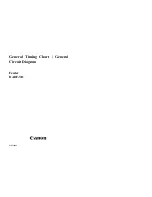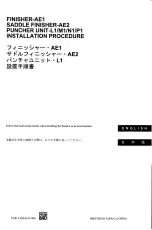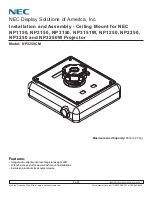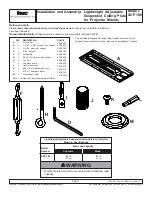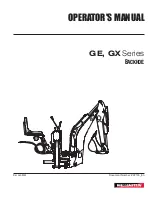
Remote Control Interfaces and Protocols
R&S
®
NRP Series
52
Getting Started 1419.0170.02 ─ 12
●
SOCKET
indicates the raw network socket resource class
Socket communication requires the specification of the port (commonly referred
to as port number) and of "SOCKET" to complete the VISA resource string with
the associated protocol used.
The default port for socket communication is port 5025.
For details of the socket communication, refer to
Example:
A power sensor has the IP address
10.111.11.20
; the valid resource string using
VXI-11 protocol is:
TCPIP::10.111.11.20::INSTR
The DNS host name is
nrp18sn-100001
; the valid resource string is:
TCPIP::nrp18sn-100001::hislip0 (HiSLIP)
TCPIP::nrp18sn-100001::inst0 (VXI-11)
A raw socket connection can be established using:
TCPIP::10.111.11.20::5025::SOCKET
TCPIP::nrp18sn-100001::5025::SOCKET
7.2.2
VXI-11 Protocol
The VXI-11 standard is based on the ONC RPC (Open Network Computing
Remote Procedure Call) protocol which in turn relies on TCP/IP as the network/
transport layer. The TCP/IP network protocol and the associated network services
are preconfigured. TCP/IP ensures connection-oriented communication, where
the order of the exchanged messages is adhered to and interrupted links are
identified. With this protocol, messages cannot be lost.
7.2.3
HiSLIP Protocol
The HiSLIP (high-speed LAN instrument protocol) is the successor protocol for
VXI-11 for TCP-based instruments specified by the IVI foundation. The protocol
uses two TCP sockets for a single connection - the first for fast data transfer, the
second one for non-sequential control commands (e.g.
Device Clear
or
SRQ
).
HiSLIP has the following characteristics:
Ethernet Interface





















